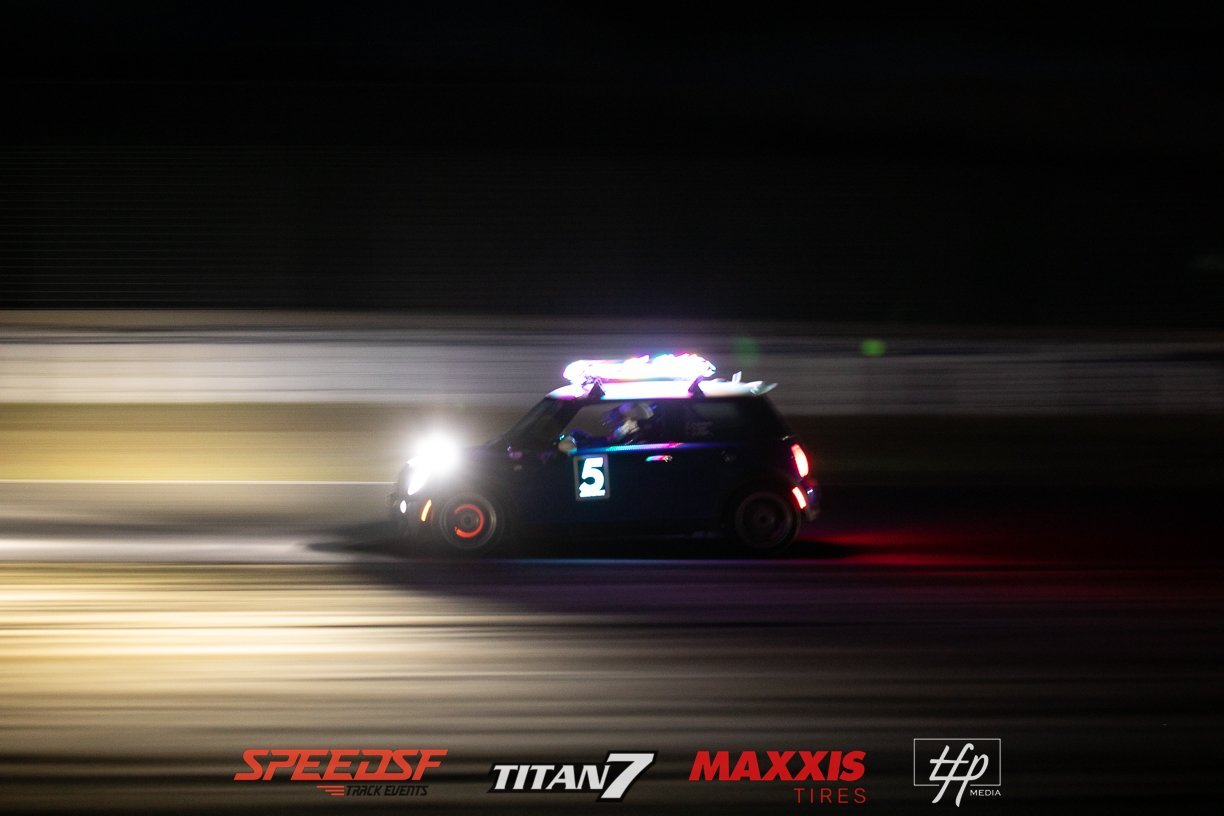
SpeedSF Blog
Every Build Has a Story – Meet the Cars of SpeedSF

Braking Basics Explained: How to Find Time on the Anchors
Learning to slow the car is one of the hardest things to do.
Let’s break off a small piece and build a little confidence on the binders.
